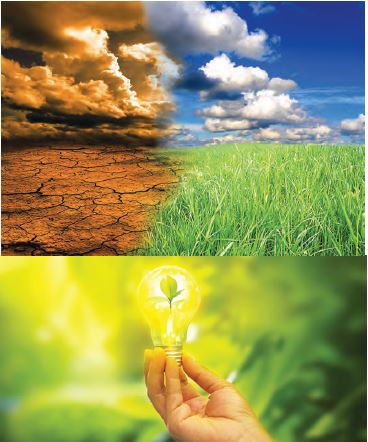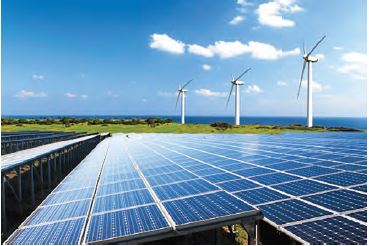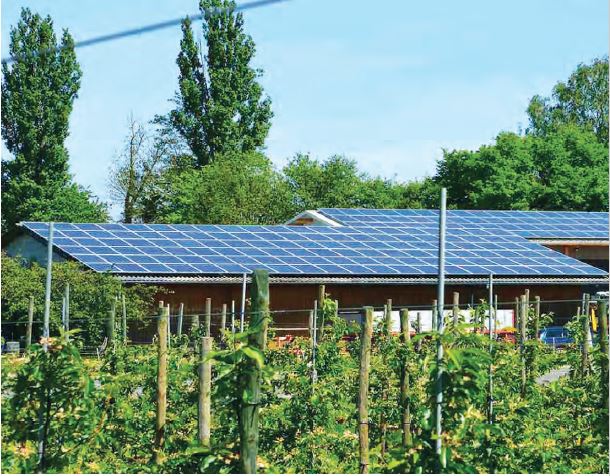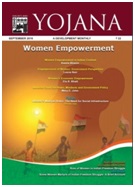 |
|
 |
COVER
STORY |
 |
|
| |
| |

|
|
Tapping Sustainable Energy Alternatives
|
|
|
The second lead article, which is also focus article, is written by Shri N Bhadran Nair. Citing a report of the World Health Organisation, the author has advocated for tapping sustainable energy alternatives
|

|

|

|

|
|
Financing Renewables in India
|
|
|
The third article is written by Shri P C Maithani, Adviser, Ministry of New and Renewable Energy. He has focussed on renewable energy resources
|

|

|

|
|
Steps to Achieve India’s Solar Potential
|
|
|
The special article is written by Sumant Sinha, Chairman and Managing Director of ReNew Power. He opines that India must also honour its global commitments on curbing greenhouse gas emissions
|

|

|
|
 |
Lead Article
Textiles the word brings up images of beautiful drapes cotton, silk, chiffon, lace. Whether it is the material draped on the figurine of the lady from Mohenjadaro, the stylish drapes of Cleopatra, the ball dance gowns of the Victorian Era or the lovely dresses worn by our own queens and princesse...
read more... |
|
 |
|
|
|
|
|
|
|
When India attained Independence
|
|

When India attained Independence, most of the country did not have sufficient electricity to light up its homes. The iconic lantern and the oil lamp were the only sources of light after dark. In most homes, all chores were completed by sunset and it was ‘lights off’ by 7.30 p.m, because very few could afford even a lantern, as kerosene was expensive and scarce. The oil lamp lit and placed at a window served as guide for travelers or those yet to return home.
More than six decades after Independence, though one still gets to see the iconic figure of the little child studying under a street light, it is an exception rather than the rule. The situation has become much more ‘brighter’. Electricity has reached most urban areas.
According to Census 2011, there are 167.8 million households in rural areas out of which about 92,808,181 are electrified.
This is thanks to the systematic planning by our policy makers, who have continuously worked to create energy sufficiency since Independence. Thermal and hydro power plants were set up in the first few decades after Independence adding capacity to our energy requirements. The situation was, however, not improving as much as necessary, as India was still dependent on imports for its petroleum and natural gas requirements. Petroleum pricing and availability was linked to West Asian politics and the massive fluctuations resulted in a heavy strain on India’s balance of trade position. It is then that the policy makers began to think in terms of curtailing dependency on fossil fuels and replacing them by more renewable energy sources. Given India’s huge thorium reserves, nuclear energy was thought of as a potential replacement. However, India’s nuclear energy programme was stalled for years due to intrusion by international, political and security concerns. It is only in recent times that India has been able to resume the programme. India is, thus, still highly dependent on traditional energy sources like coal and hydro power plants for its energy needs.
|
|
|
|
|
|
|
|
|
|
|
 |

|
|
 |
|
|
 |
|
Regular
Column |
 J&K Window : J&K Window : |
|
|
 Do you know? : What is Forensic Auditing Do you know? : What is Forensic Auditing |
|
Forensic auditing refers to the auditing with the main aim to employ accounting techniques and methods to gather evidence to investigate the crimes on financial front such as theft, fraud etc.
|
|
|
 |
|
 |
 |